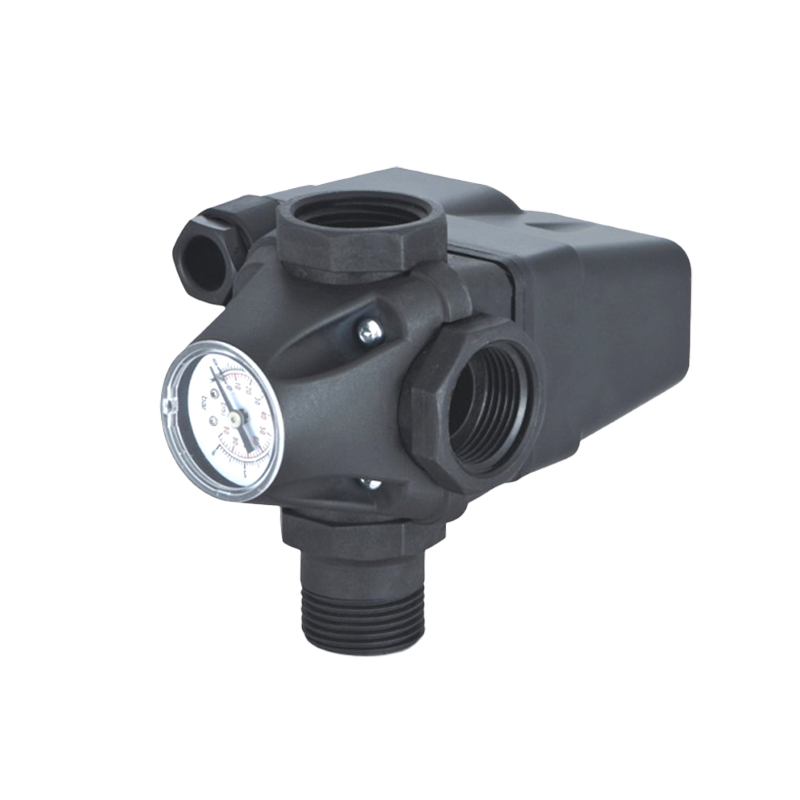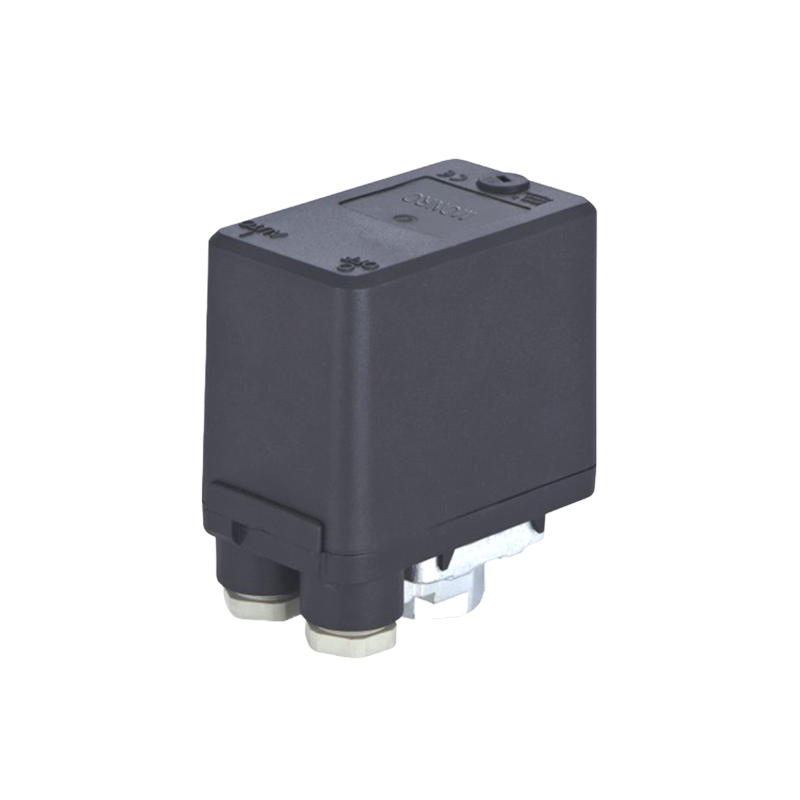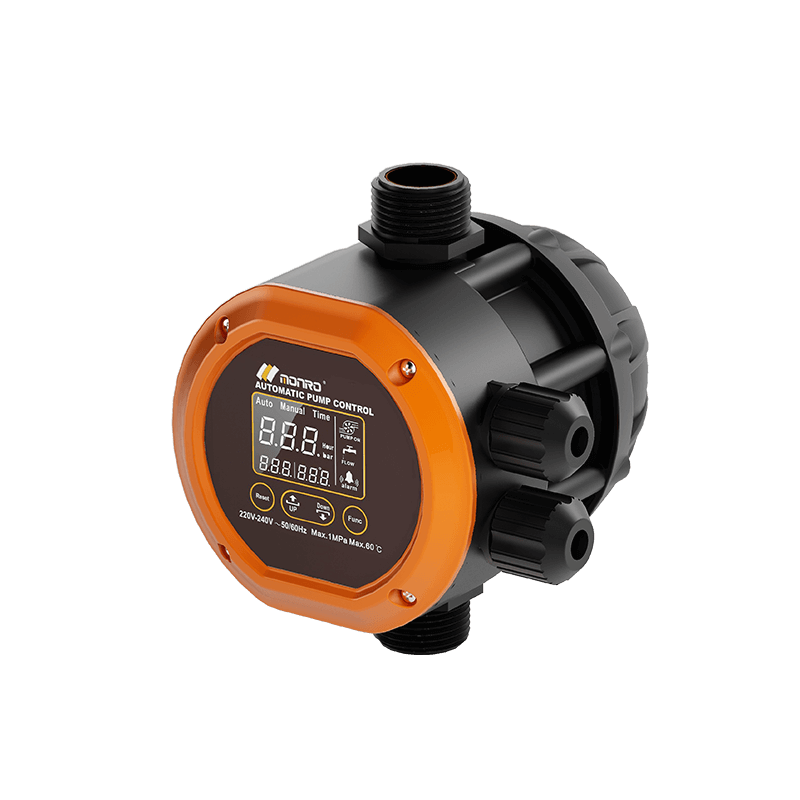Don't hesitate to send a message
Web Menu
Product Search
Exit Menu
The Integration Of Automatic Water Level Controllers And Pump Control Systems For Efficient Water Management
Custom Sale Pump Control Automatic Water Level Controller
In the realm of fluid management, the Automatic Water Level Controller and Pump Control systems are paramount in ensuring the efficient and reliable operation of water-based applications. These technologies are employed in a multitude of settings, from residential water tanks to industrial water treatment plants, where precise control of water levels is essential.
The Automatic Water Level Controller is a device that automatically regulates the level of water in a tank, sump, or any other container. It operates by sensing the water level and actuating a control mechanism, such as a pump, to either fill or empty the container as needed. This technology is crucial in preventing overflows and ensuring that water is available when required.
Pump Control, on the other hand, refers to the management of pumps to maintain the desired water level or flow rate. This can involve starting and stopping pumps based on the water level detected by an Automatic Water Level Controller, or it can be part of a more complex system that includes timers, pressure sensors, and flow meters.
The synergy between Automatic Water Level Controllers and Pump Control systems is evident in their combined ability to conserve water, energy, and protect infrastructure. By automating the process of water level management, these systems reduce the risk of human error and the potential for water damage.
In residential applications, an Automatic Water Level Controller can be connected to a sump pump to prevent basement flooding. When the water level in the sump pit rises, the controller activates the pump, which then removes the excess water. This Pump Control mechanism is essential for homes in areas prone to heavy rainfall or with a high-water table.
Industrial applications of Automatic Water Level Controllers and Pump Control systems are equally diverse. In water treatment plants, these systems work together to maintain good water levels in various stages of the treatment process. They ensure that chemicals are mixed effectively, that filtration systems are not overwhelmed, and that treated water is distributed efficiently.
Another critical application is in agriculture, where Automatic Water Level Controllers and Pump Control systems are used to manage irrigation systems. By monitoring water levels in reservoirs, canals, and fields, these systems can automatically adjust the flow of water to crops, optimizing water usage and reducing waste.
The integration of these systems also extends to fire protection, where Automatic Water Level Controllers ensure that fire suppression systems have the necessary water supply. In the event of a fire, the Pump Control system can be activated to deliver water to sprinklers or hoses at the required pressure and flow rate.
For environmental monitoring, Automatic Water Level Controllers and Pump Control systems are used to maintain the water levels in rivers, lakes, and ponds. This is particularly important in ecological preservation efforts, where maintaining natural water levels is crucial for the health of aquatic ecosystems.
The Automatic Water Level Controller and Pump Control systems are integral to modern water management. Their ability to automate and precisely control water levels across various applications has made them indispensable tools in both domestic and industrial settings. As technology advances, the integration of these systems is expected to become even more sophisticated, further enhancing their efficiency and reliability.
-
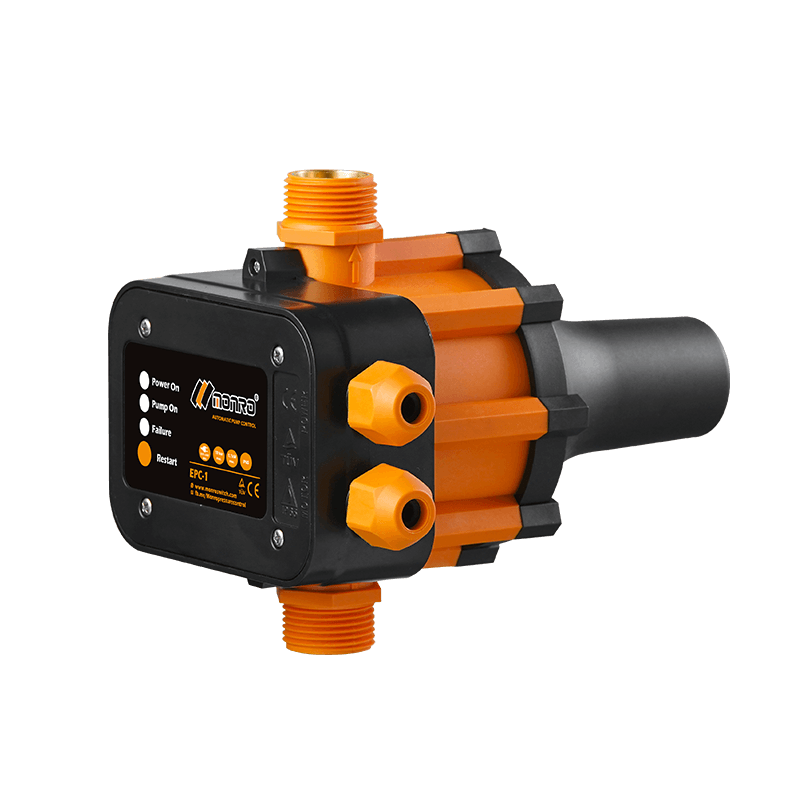 EPC-1
EPC-1Monro EPC-1 model pump controller is the classic and basic type, was loved by user in the global mar...
-
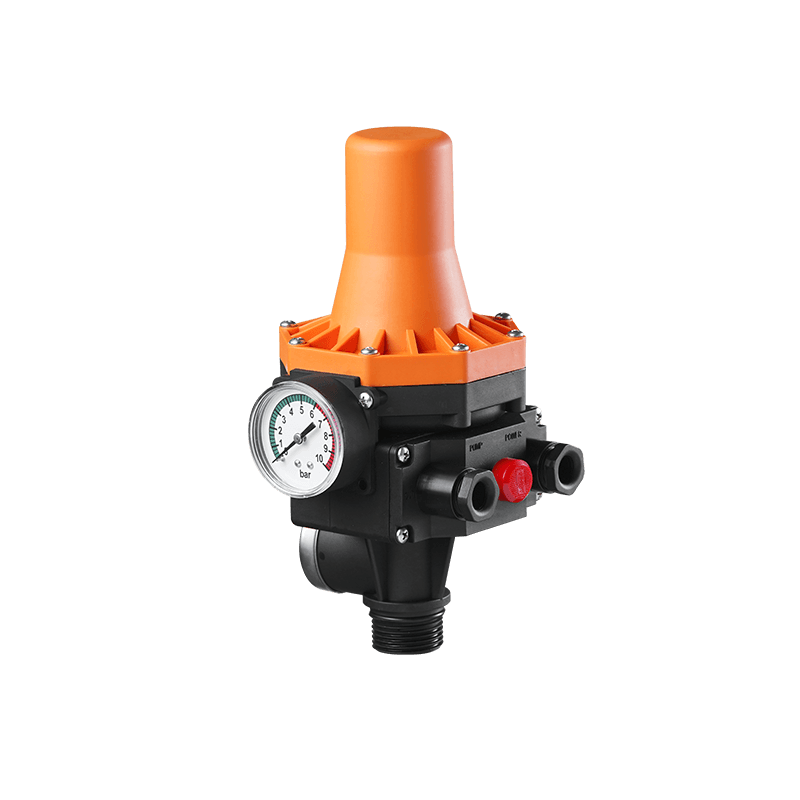 EPC-3
EPC-3Monro EPC-3 spain design auto on and off press control, an intelligent and economical system designe...
-
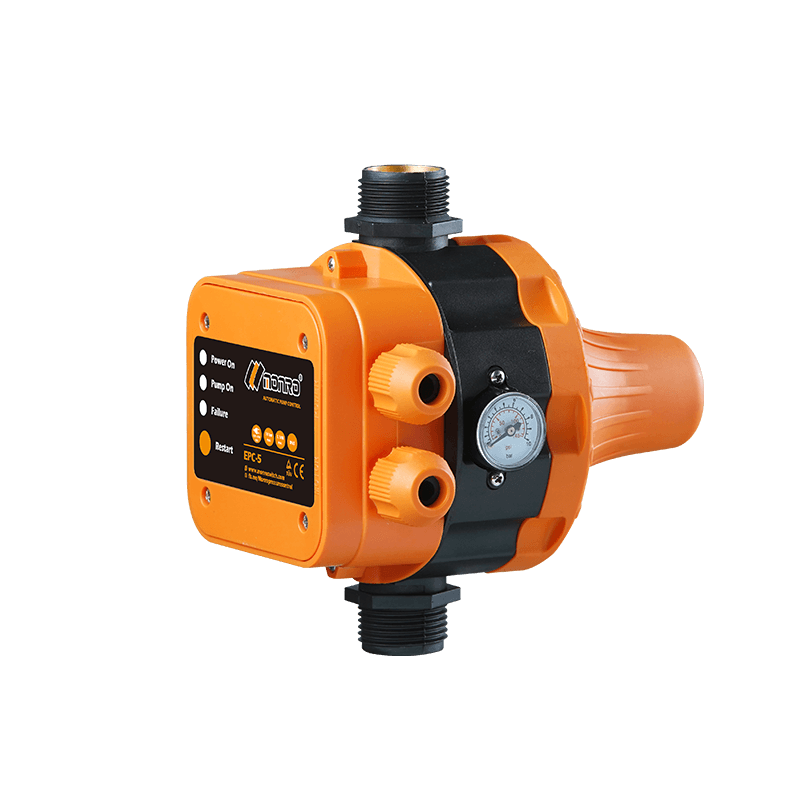 EPC-5
EPC-5Monro EPC-5 model automatic pump control, a device which assembled on the water pump (recommended si...
-
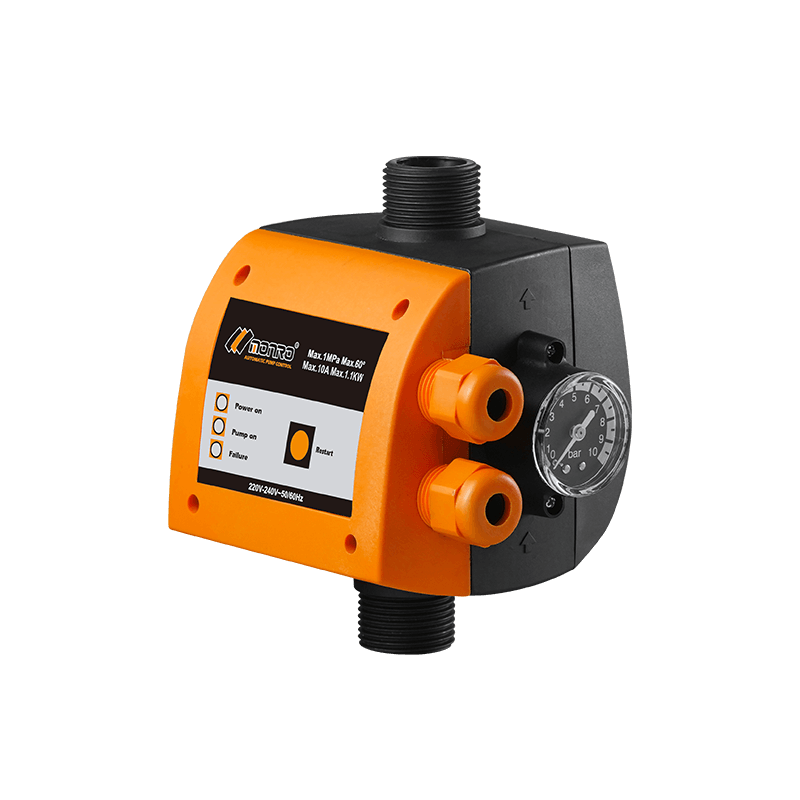 EPC-9
EPC-9Monro EPC-9 model pressure controller, is a big power device for automatic control and protection of...
-
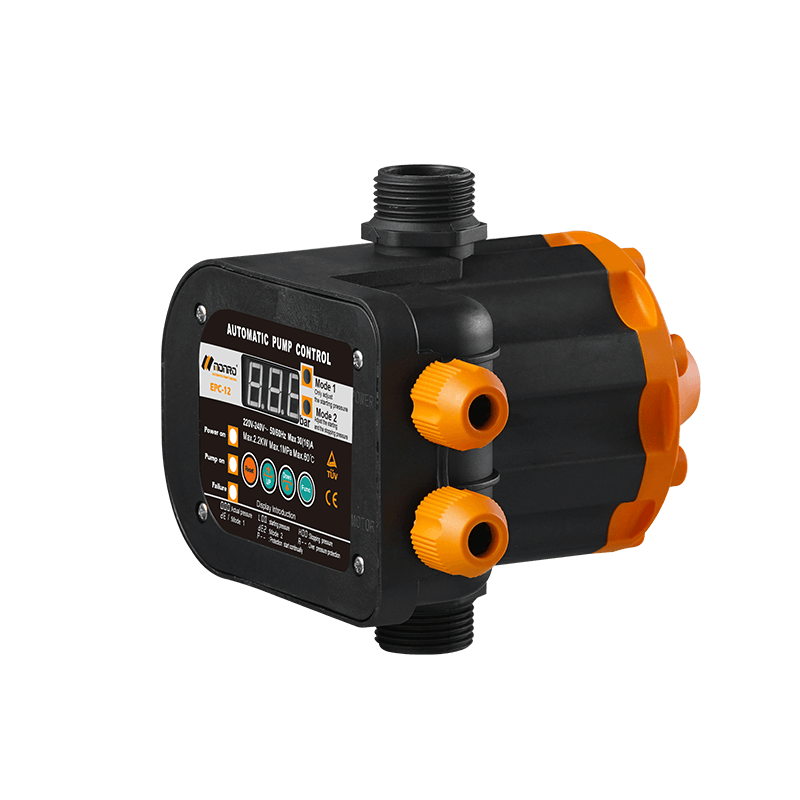 EPC-12
EPC-12Monro EPC-12 smart top-level automatic pump control is a multi-function model combined with traditio...
-
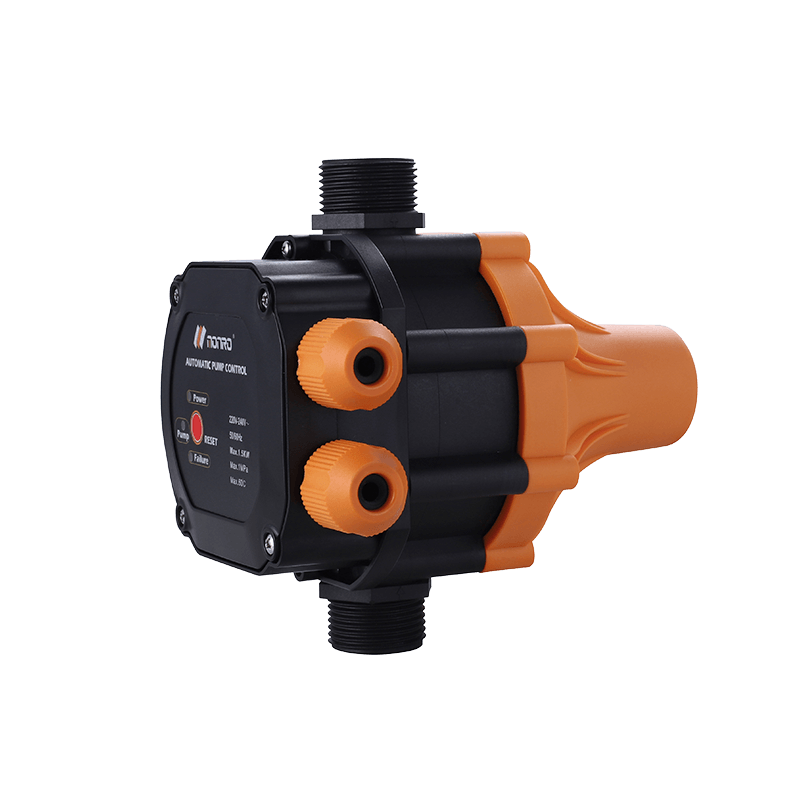 EPC-14
EPC-14Monro EPC-14 model pressure control is a big power device for automatic control and protection of el...
-
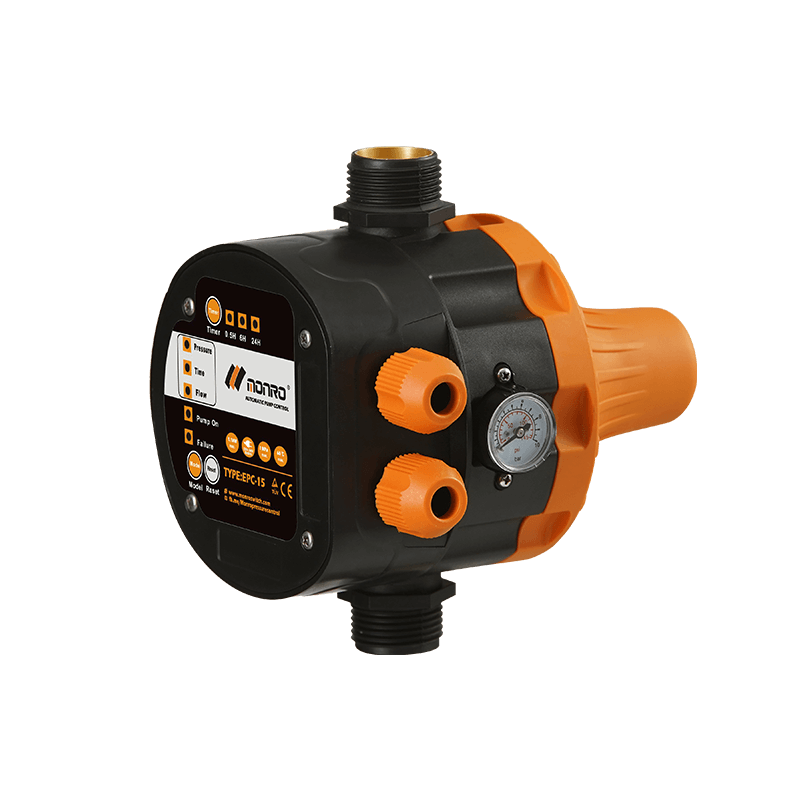 EPC-15
EPC-15Monro EPC-15 model automatic pump control, a device which assembled on the water pump (recommended s...
-
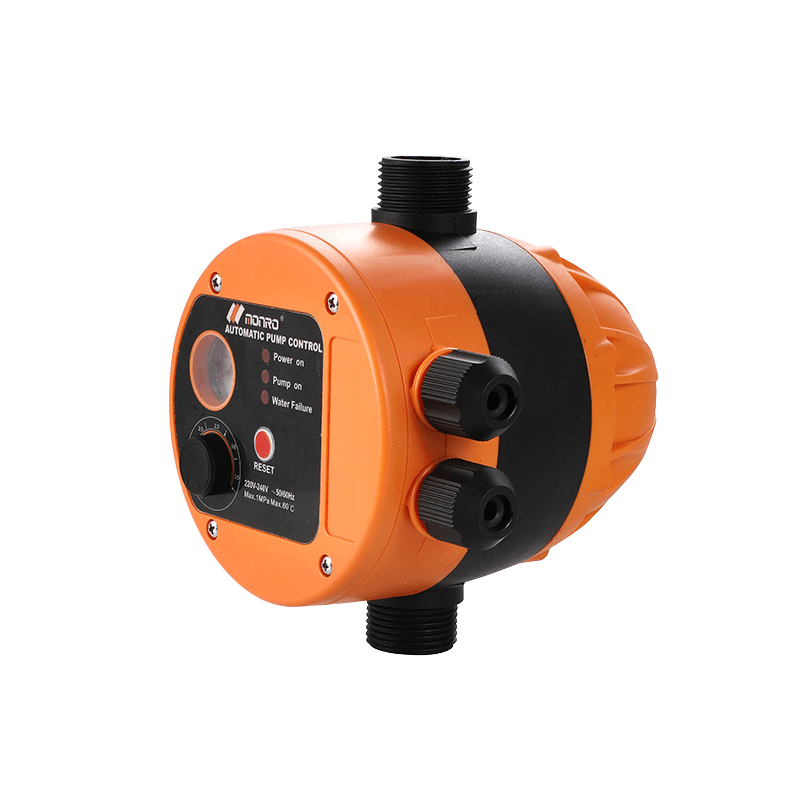 EPC-16
EPC-16EPC-16 is the new patent pump controller by Monro. Its key highlight is tooless (manual knob) start...
find our office
Committed to providing professional pressure control solutions for various types of water pumps and air compressors.

 简体中文
简体中文 English
English Español
Español